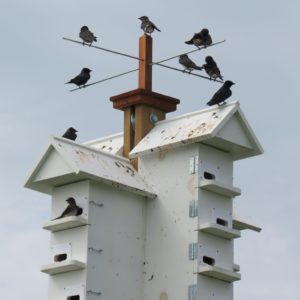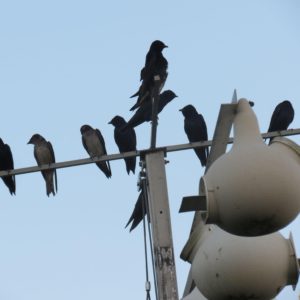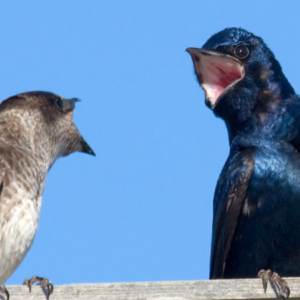Native Flora You can Plant to Help Birds
Spring is a time of enjoyment for many Canadians all over the country. It is a time that signals to us that we are past the cold, snowy months and that the warm, sunny days are not too far away. It is a time when our backyards start to show signs of life again.
It is also a time when all of our migratory birds return to their breeding grounds in Canada and start their mating cycle. Swallows, one group of birds that have spent the wintering months down south, have returned in full force filling many birders with joy.
Unfortunately, swallows are also a group of birds that have been declining rapidly since at least the 1970’s, when widespread bird monitoring first began. This is of great concern for many birders, farmers and naturalists all around the country that have grown accustomed to seeing these magnificent creatures performing aerial acrobatic maneuvers while feeding on flying insects.
As aerial insectivores, swallows are among many groups of birds that catch and eat insects while flying. The decline in global insect populations could be one of the main reasons behind the long-term decline in swallow populations as this decline is also present in other aerial insectivores, such as the swifts and the nightjars.
When swallows return to Ontario in the spring, they need to have a consistent supply of quality food to fuel their activities. To ensure that they have the best chance of having a successful reproduction cycle, we have created a Guide of Native Ontario Plants that can be planted in your backyards to increase insect production.
Native plants have many advantages compared to exotic/invasive species. They promote native fauna species by providing food and shelter. Native plants also require less maintenance, increase resilience to pests and invasive species, and are adapted to the local conditions of the region.
By downloading the resource below, you will gain access to a list of native wildflowers, shrubs and grasses that are beneficial to a wide variety of insects. When creating your own native nursery, it is vital to remember that insects are extremely sensitive to chemicals, therefore reducing or eliminating the use of insecticides in essential, especially broad-based types like neonicotinoids. Adding a source of shallow water near your nursery is also very important as insects require clean water to drink.
You can download the Guide to Native Ontario Plants by clicking here.
To learn more about the work Nature Canada is doing to protect declining populations of Ontario’s swallows, please click here.



